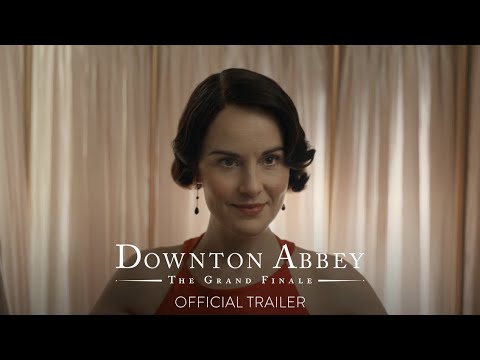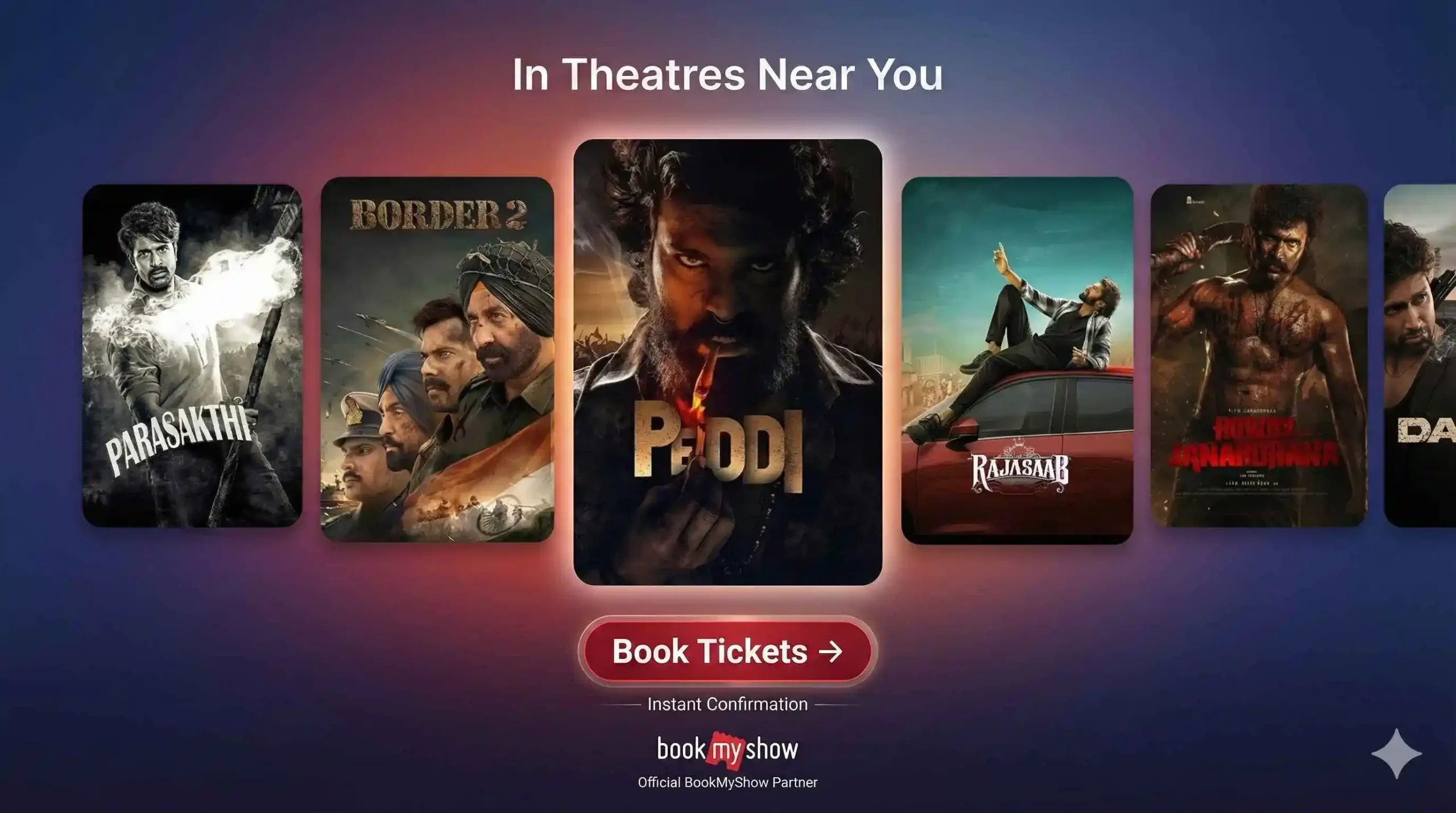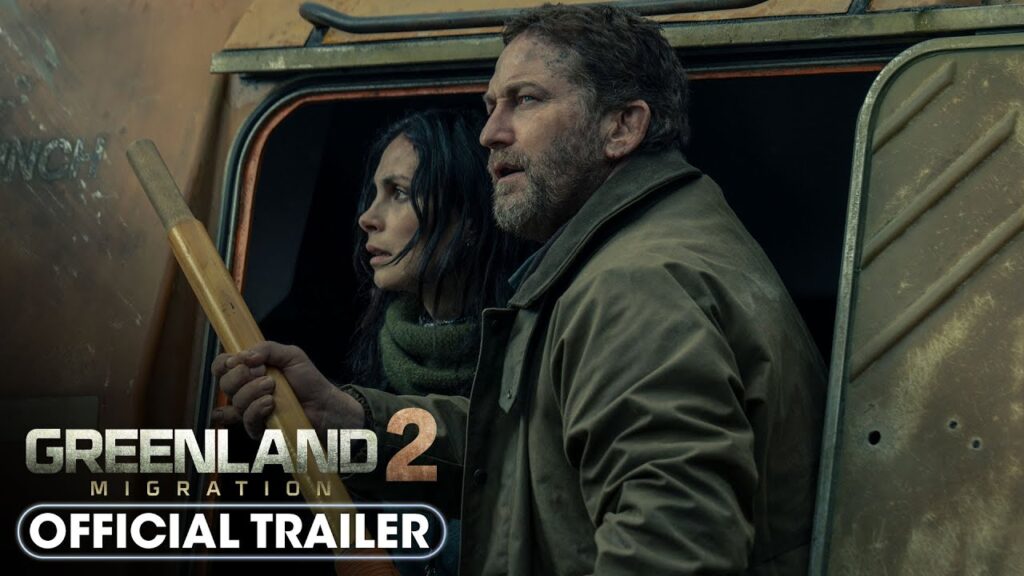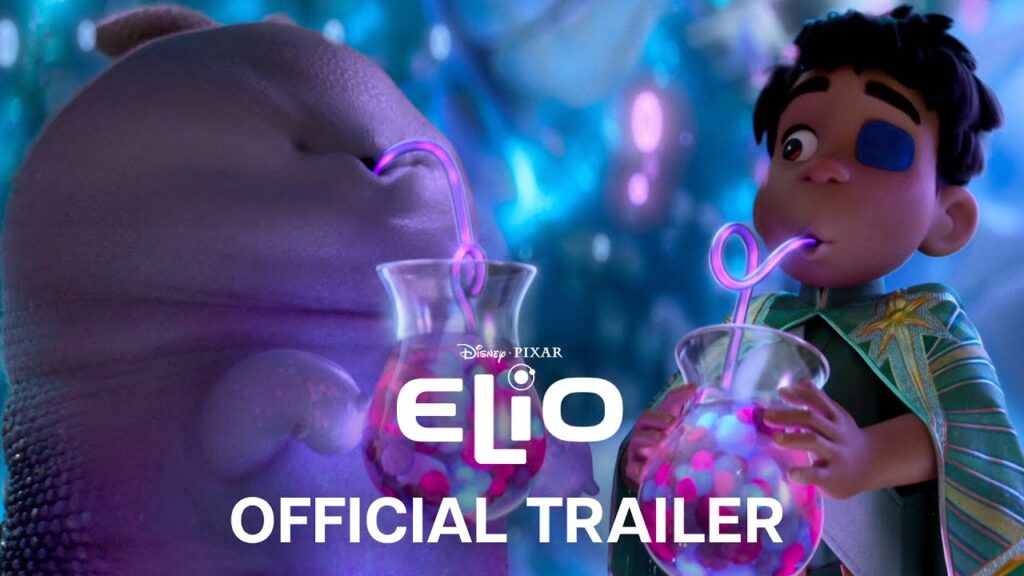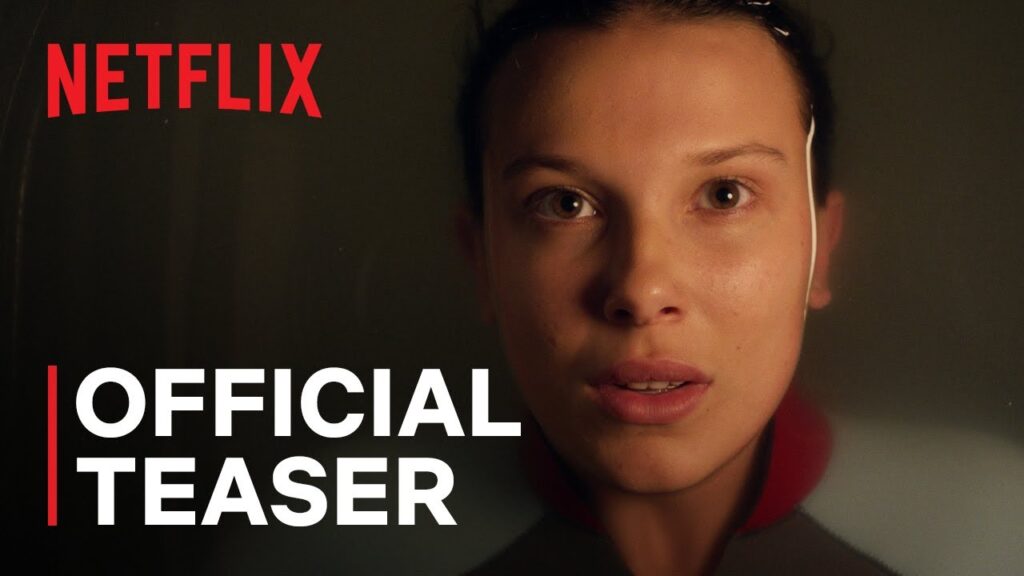Downton Abbey The Grand Finale Movie 2025 Bapamtv Review Details
Downton Abbey: The Grand Finale (2025) Movie Review
“Downton Abbey: The Grand Finale” marks the final chapter of the beloved franchise, delivering a polished and heartfelt farewell to the Crawley family. The film, set in 1930, explores the challenges of societal change and personal growth within a shifting aristocratic landscape.
Check showtimes, seat availability, and exclusive offers for the latest movies near you.
Check on BookMyShow →The narrative focuses on Lady Mary Crawley as she navigates the aftermath of her divorce, balancing personal grief with family obligations. The Crawleys face financial uncertainty due to American relatives’ investments, creating tension and high stakes for the estate.
Director’s Vision
Simon Curtis, returning from “Downton Abbey: A New Era,” brings a refined visual style, emphasizing both grandeur and intimacy. Curtis carefully balances large ensemble scenes with close character moments, allowing the audience to engage with both plot and emotion.
His choices demonstrate a respect for the franchise’s legacy while subtly highlighting his own narrative style. Curtis’s direction ensures that the film feels both familiar and fresh, maintaining continuity with previous installments.
Directorial Choices and Impact
Key choices, such as focusing on Lady Mary and Thomas Barrow’s arcs, enhance emotional resonance. Curtis utilizes lavish balls and social gatherings not just as spectacle but to underline societal pressures and character development.
The decision to blend humor with drama in tense family moments adds layers to the storytelling, making the finale engaging for longtime fans and newcomers alike.
Influences and Inspirations
The film draws inspiration from the original television series and historical British dramas, with nuanced portrayals of social hierarchy and post-war changes. Curtis incorporates subtle nods to classic period films, elevating the cinematic feel.
The screenplay by Julian Fellowes retains signature wit and narrative depth, ensuring characters’ journeys feel authentic while reflecting broader societal shifts of the 1930s.
Comparison to Previous Works
Compared to earlier films, “The Grand Finale” emphasizes character closure over sprawling subplots. While “A New Era” focused on new locales and international characters, this film centers the Crawleys’ emotional journeys, offering resolution to longstanding arcs.
The refined pacing and emphasis on familial bonds distinguish this installment, highlighting Curtis’s careful stewardship and Fellowes’s consistent narrative voice.
Director’s Signature Elements
Curtis’s signature use of sweeping cinematography and detailed set design is evident throughout. Long tracking shots of the estate and meticulous framing of social gatherings reflect his dedication to visual storytelling.
Combined with the precise costume work by Anna Robbins, the film’s aesthetics create an immersive period experience while supporting the emotional core of the narrative.
Character Arc Analysis
Lady Mary’s evolution is central, portraying her growth from personal turmoil to a confident figure preserving family legacy. Thomas Barrow experiences redemption, providing a meaningful conclusion to his complex journey.
Other characters, like Robert and Cora Crawley, reinforce themes of resilience and adaptation, creating a rich tapestry of interwoven arcs that satisfy long-term viewers.
Screenplay Quality
Fellowes’s script balances dialogue with emotional beats, allowing characters to articulate motivations without exposition-heavy scenes. Witty repartee blends seamlessly with poignant moments, enhancing realism.
The screenplay’s careful pacing and layered character interactions underscore the film’s strength in character-driven storytelling, making the narrative compelling and relatable.
Genre Comparison
Within the historical drama genre, the film excels in emotional resonance and period authenticity. Compared to contemporary period films, it maintains a unique blend of humor, family drama, and societal commentary.
The finale stands out for its attention to character depth, a hallmark that sets it apart from visually striking but emotionally shallow peers.
Box Office Performance
The film has performed well domestically and internationally, buoyed by the franchise’s loyal fan base. Box office returns reflect strong audience engagement, demonstrating enduring appeal for the series.
Its performance reinforces the market viability of well-crafted period dramas and the impact of established franchises on contemporary cinema.
Cast and Crew Details
| Role | Actor |
|---|---|
| Lady Mary Crawley | Michelle Dockery |
| Robert Crawley | Hugh Bonneville |
| Cora Crawley | Elizabeth McGovern |
| Thomas Barrow | Robert James-Collier |
| American Relatives | Paul Giamatti, Alessandro Nivola |
| Noël Coward | Arty Froushan |
| Director | Simon Curtis |
| Screenplay | Julian Fellowes |
| Cinematography | Ben Smithard |
| Costume Design | Anna Robbins |
Music and Score
The orchestral score underlines the period setting and enhances emotional resonance. Elegant themes accompany key character moments, supporting the narrative without overshadowing performances.
The music subtly reinforces tension, romance, and introspection, contributing to the film’s cohesive aesthetic and narrative rhythm.
Star Rating
Rating: 8/10
Disclaimer: Rating may vary
FAQs
Question 1
What is the main storyline of Downton Abbey: The Grand Finale?
Answer 1
The film follows the Crawley family as they navigate societal changes, personal challenges, and financial pressures in 1930, providing closure to their arcs.
Question 2
Who directed and wrote the film?
Answer 2
Directed by Simon Curtis and written by Julian Fellowes, maintaining continuity and depth from the series and previous films.
Question 3
How does the film handle character development?
Answer 3
The narrative emphasizes character arcs, particularly Lady Mary and Thomas Barrow, showing growth, resolution, and redemption through personal and social challenges.
Question 4
How are the visuals and production design in the film?
Answer 4
Cinematography by Ben Smithard and costume design by Anna Robbins create a visually rich and period-accurate experience that supports character and story.
Question 5
Is the film suitable for new viewers?
Answer 5
Yes, while longtime fans will appreciate character resolutions, newcomers can enjoy the story, performances, and historical setting without prior knowledge of the series.
